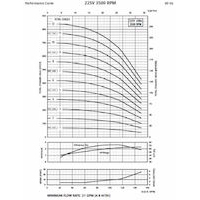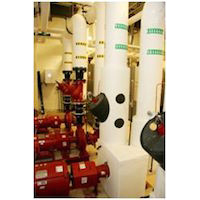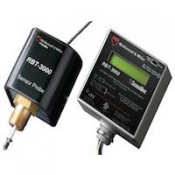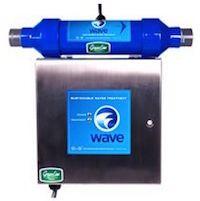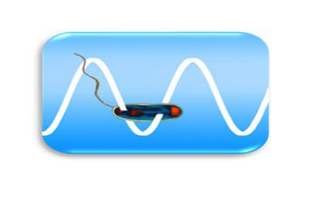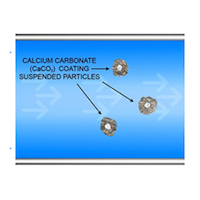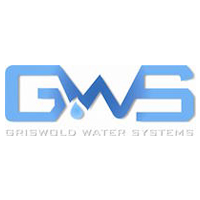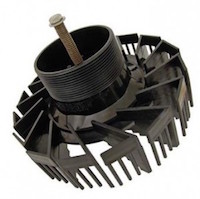Every week a question comes in to R. L. Deppmann about the minimum flow rate through pumps. In hydronic heating and cooling systems, it is …
Triple Duty® valves on your variable speed hydronic pumps
Bell and Gossett triple duty valves have, for decades, provided a cost effective way to assure there is a non slam check, balance, and shutoff valve on the discharge of your hydronic pump installation. These valves are used to throttle excess head and, therefore, should not be oversized. B&G offers these installation friendly valves in traditional full port model (3DS-S) and in a reduced port version (3DS-B)
Update and Upgrade Your Hot water Boiler Controls to Save $$
The RBT-3000 is a combination safety and energy saving device for installation on hot water heating boilers. The low water cut-off turns off the burner when an unsafe water loss occurs in the system. The energy saving feature reduces fuel consumption, wear on boiler parts and burner emissions. The control actively manages the burner cycling along with the operating control to match boiler output to the required load.
A Cost Effective Domestic Water Recirculating for smaller systems
In today’s economy there are many small office, retail, and tenant fit-out work jobs than large expansive projects. These smaller projects come with tighter budgets. Here is a tool you may not be aware exists. Bell and Gossett ECO-CIRC under sink recirculating pump available for tank type water heater as well as tank-less systems. High efficiency and lead free brass construction.
“What is Pulse Technology?” and “Why We Use it to Affect Water Quality.” – Part 3
The objective of water treatment is to:
*INHIBIT CORROSION, prevent mineral scale & control bacteria, biofilm & legionella. In this Monday Morning Minute, we will discuss the technology and the effect that pulse technology via the Griswold Wave product provides specific to corrosion inhibition.
“What is Pulse Technology?” and “Why We Use it to Affect Water Quality.” – Part 2
The objective of water treatment is to: *CONTROL BACTERIA, BIOFILM AND LEGIONELLA, Inhibit Corrosion, & Prevent Mineral Scale. In this Monday morning minute, we will discuss the technology and the effect that pulse technology via the Griswold Wave product provides specific to microbial control.
“What is Pulse Technology?” and “Why We Use it to Affect Water Quality.” – Part 1
The objective of water treatment is to: PREVENT MINERAL SCALE*, Control Bacteria, Biofilm And Legionella, & Inhibit Corrosion. In this Monday morning minute, we will discuss the technology and effect that pulse technology via the Griswold Wave product provides specific to mineral scale prevention.
Strategies for Water Use Efficiency – Cooling Tower Selection – Part V
Today’s building owner’s have many opportunities to improve water use efficiency. ASHRAE Standard 189.1 identifies a few areas to focus on reducing water use specific to cooling towers. The last four issues of Deppmann’s Monday Morning Minutes has discussed specific strategies to improve water use efficiency using current Cooling Tower and Advanced Water Treatment technology advancements in design. [Read more…]
Strategies for Water Use Efficiency – Cooling Tower Selection – Part IV
Most new chillers can now handle variable flow through the condenser providing many opportunities for operational savings. As the cooling tower is an integral part of this system, it is important to understand the effect of flow rate changes and how to insure your cooling tower can provide optimal savings while operating [Read more…]
Strategies for Water Use Efficiency – Cooling Tower Selection – Part III
In this issue, we will discuss the changing requirements specific to “cycles of concentration” in cooling tower applications. In addition, we will review the effect of increasing cycles of concentration and provide solutions to improving these results. ASHRAE Standard 90.1-2010 code change effective 10.18.2013 states [Read more…]

